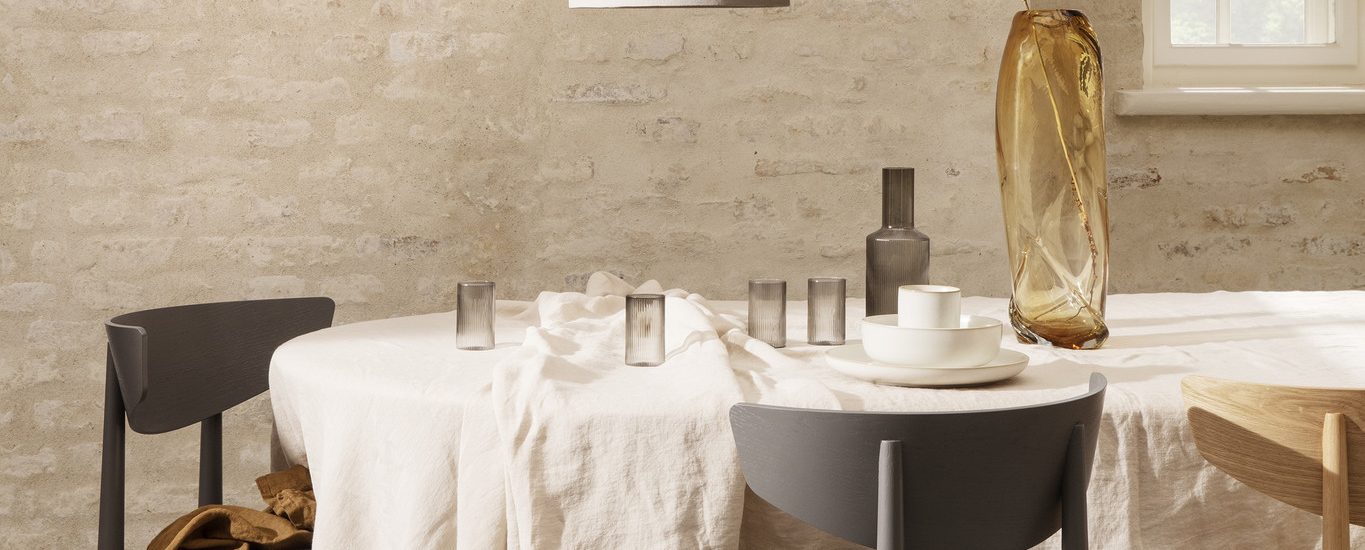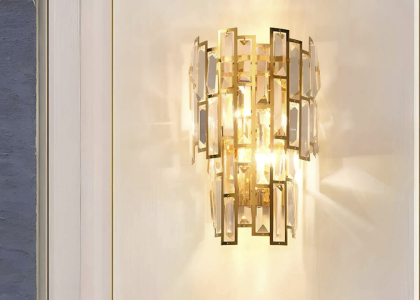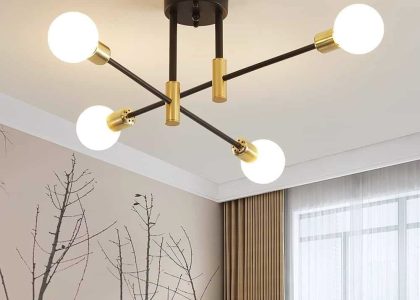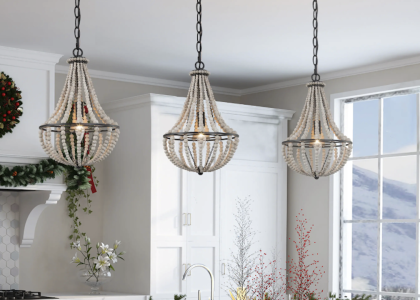When the Danish designer Verner Panton created the Loft Lamp in 1960, he revolutionized the world of lighting design. The lamp’s minimalist design and avant-garde use of materials set new standards for aesthetic excellence and functionality. In this article, we will explore the unique features of this timeless piece of design and its lasting impact on contemporary lighting.
The Origins of the Loft Lamp
The Loft Lamp was designed during a period of upheaval and experimentation in the 1960s. Panton’s design reflects his radical vision for a future in which home furnishings would not only be functional, but also aesthetically pleasing. The Loft Lamp’s geometrically simple design was a break from the ornate fixtures that populated most homes at the time.
Materials and Construction of the Loft Lamp
Panton’s choice of materials for the Loft Lamp was equally revolutionary. The lamp is made entirely of metal sheets and tubes, which are bent into a circular shape to create the iconic dome design. The surface of the lamp is matt lacquered, anti-rust treated and available in several different colors.
The metal construction of the Loft Lamp is both sturdy and versatile, allowing it to blend into virtually any interior design scheme. The use of metal also enhances the lamp’s durability and makes it ideal for high traffic areas such as lobbies and foyers.
The Impact of the Loft Lamp on Contemporary Lighting Design
The Loft Lamp’s innovative design has had a lasting impact on the world of lighting design. Its simple, geometric shape has inspired countless imitations and has become a hallmark of modern lighting design.
One notable example of the Loft Lamp’s influence can be seen in the work of German designer Ingo Maurer. Maurer’s 1983 design, the Ingo Maurer Lamp, features a similar circular design and minimalist construction, but with an updated twist.






